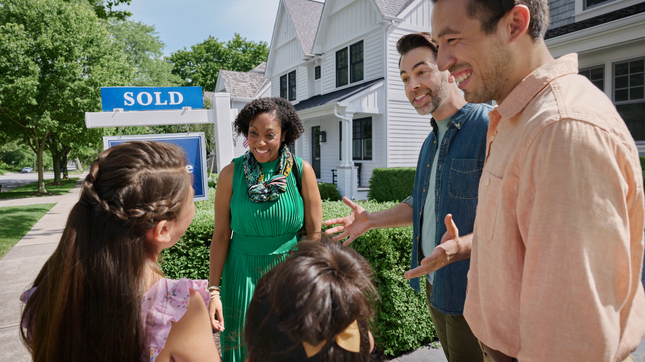Storyboard for Success: 4 Tips for Planning the Best Videos Step by Step

Nancy Robbers
March 16, 2016
3 Minute Read

Every video, no matter how long or short, takes a ton of planning and forethought. Even if you're just shooting videos with your smartphone, a storyboard is your blueprint to the best possible product and can help you save time and money. A storyboard starts with a sheet of paper filled with square cells in which you plot the content and order of your video; you practice this same concept every time you jot down an idea on a cocktail napkin.
Why take the time to storyboard your videos? Even though you’re not shooting an Oscar-contending feature film, creating a video that people want to watch and share still requires planning.
- Efficiency: The final version of a video isn’t always shown in the same chronological order it was shot in, so it can be an editing nightmare to assemble a hodgepodge of footage into a comprehensible and compelling story if you don’t know where everything goes. With a storyboard, shooting and post-production editing are easy because you know what to shoot, how to shoot it and where it belongs in your video, regardless of when you captured it.
- Continuity: You want viewers to focus on the story, not the goofs — such as the fresh flowers on the kitchen counter that suddenly disappeared when you panned back over the room. Storyboarding helps you keep everything consistent throughout each segment you shoot.
 Quality control: When you have a grasp on what you want the end result to look like, you’ll know exactly how to eliminate anything that doesn’t contribute to your final vision.
Quality control: When you have a grasp on what you want the end result to look like, you’ll know exactly how to eliminate anything that doesn’t contribute to your final vision.
Don’t worry that you’re not Picasso when you go to sketch out your storyboard. If you can draw a stick figure — or copy and paste clipart — you can certainly get your ideas across on a storyboard.
Here are 4 tips for creating a storyboard to make each video a success from start to finish.
1. Create a timeline
To help your video have a logical beginning, middle and end, create a timeline for the story you want to tell. For example, if you’re storyboarding a client testimonial, you might start with the buyers talking about their decision to start looking, segue to how they found you and everything you did for them, then end the story with you and your clients in front of their new home.

2. Identify key shots
When you’re telling the story of the area where you live and work, choose shots of all the places that make it such a special place: neighborhoods, parks, restaurants, museums and other amenities. It might also help the flow and direction of your video to group key shots on your storyboard into categories like places to live, local culture, notable getaways or historic sites.
3. Describe what each storyboard cell will show
Say you’re creating a video where you share your unique selling proposition and lay out the reasons why a buyer or seller should choose you as their agent. In the cells where you describe your opening shot, write down how you will first appear on camera: Should you start with a sweeping overhead view of you in front of your office building? Should you pose for a medium shot, standing in the middle of your smiling team members at the reception desk? Or do you want the camera to zoom in for a close-up as you introduce yourself?
For each storyboard cell, you should also note if it will be a still or moving shot, if there will be an animation, graphic or superimposition, and if the shot will include music or a voiceover.
4. Fine-tune the details

Once you have the primary shots for your video plotted on your storyboard, go back and identify where you can improve the final version. After you establish the level of detail for each shot, take another look at your storyboard as a whole and confirm that the content and order of each cell serves a purpose and moves the story along.
For example, when you storyboard a how-to video, have you included shots that show the project before and after your work? Close-ups of your hands as they perform the work? Repeat shots or shots in slow motion so that viewers are clear on what’s happening?
On your home tour storyboard, does every sequence do something to showcase the home’s best features? Did you miss anything that deserves more of the spotlight?
Most people make a list before hitting the grocery store so that they have everything they need to create meals that are delicious, filling and memorable. Real estate agents who make videos should take the same approach. A storyboard is a simple but powerful planning tool that anyone can use to make their videos more appealing.
Zillow works for agents
We're here to support you and your clients on their journey home. Discover how we can help grow your business today.
Learn more
